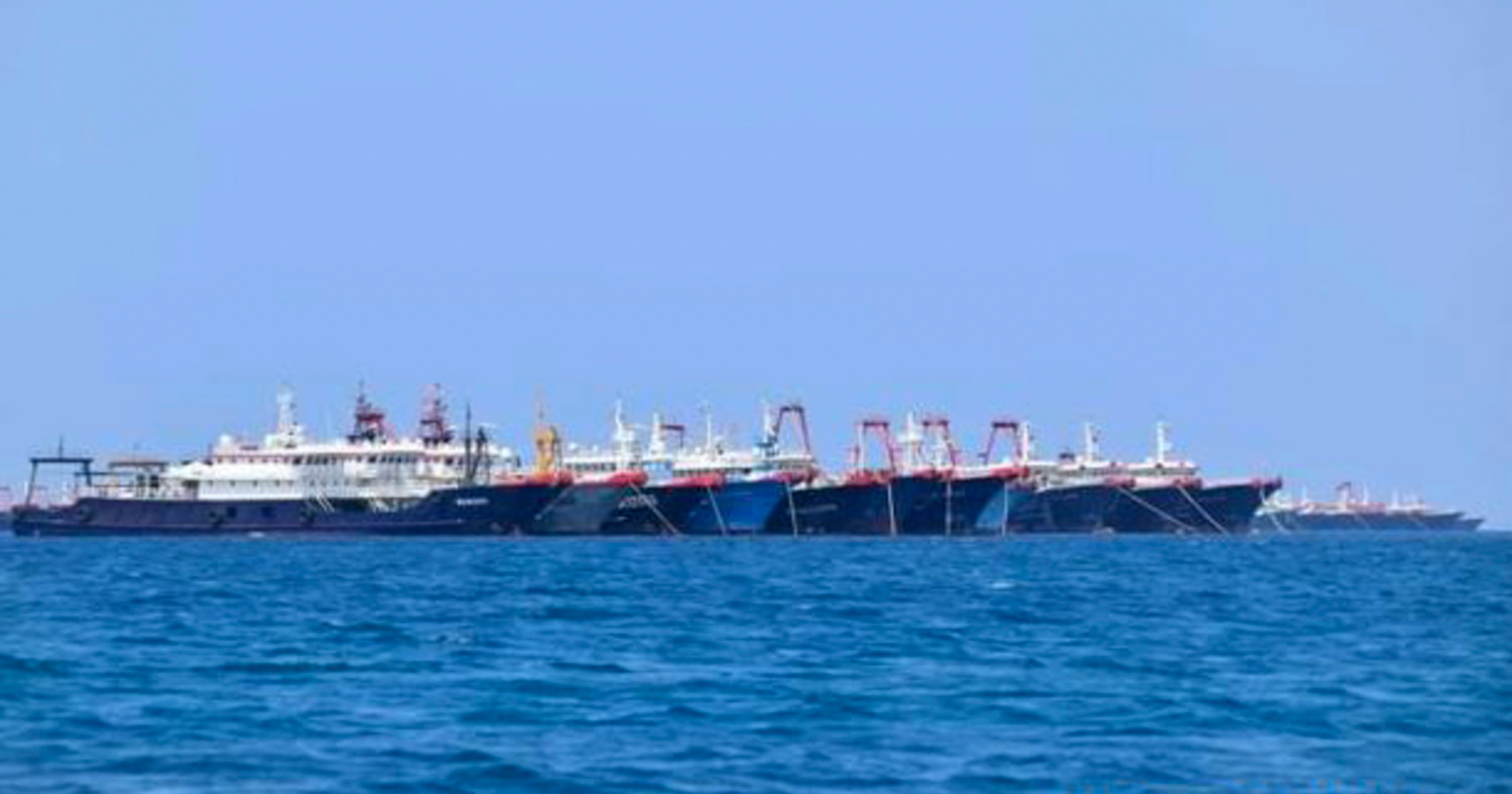Given its location in the South China Sea and its utility as a place to station American forces, the Philippines has long been able to count on American military support as a deterrent to antagonism from China. Historically, this support has included a steady flow of arms transfers.
Since 2002, the United States has sold the Philippines nearly $900 million in weapons and provided over $1.3 billion in security assistance. In February 2021, the Philippines said it would move ahead on a purchase of 15 Black Hawk helicopters.
Selling weapons to countries like the Philippines that have disastrous human rights records and chaotic leadership, however, is a recipe for disaster. Neither the helicopter sales nor most of the previous arms sales have any utility for deterring Chinese aggression. Continuing American arms sales to the Philippines, in fact, is both bad for the Philippines and dangerous for the United States.
The most obvious downside of arming the Duterte government is that the regime is actively using American firepower to kill and imprison its own people. In 2016, President Rodrigo Duterte told a televised audience that citizens had his support if they wanted to kill drug dealers themselves, telling them: “Shoot him and I’ll give you a medal.”
Since then, as Amnesty International noted recently, thousands of civilians have been executed in extrajudicial killings by the Philippine police and military in Duterte’s “War on Drugs,” many of whom are armed with American handguns, machine guns, and semiautomatic rifles. Duterte has also used a strong police force backed by recent weapons deliveries in combination with a COVID-19 lockdown to execute and arrest over 30,000 people who oppose the regime.
None of these horrors should have come as any surprise. The Philippines has long had a terrible human rights record, and it has only gotten worse under Duterte. Sadly, despite occasional attempts to halt arms sales to the Philippines, the country remains one of the top five recipients of American handguns. There are nearly 2 million unregistered firearms in the country, which has in turn fueled a vigorous black market and amplified the problems of gun violence and vigilantism in the Philippines.
RELATED

From an American strategic perspective, there is no positive payoff from fueling the Philippines’ internal conflicts. None of these small arms sales or Black Hawk helicopters have any deterrent value when it comes to China. Instead, Duterte will likely put this weaponry to use in his draconian counterinsurgency campaign, which has already displaced over 450,000 civilians on the island of Mindanao.
American arms sales, on the other hand, do raise the prospects for a deadly conflict by turning the Philippines into an overconfident ally. In early April, China sent 30 of its naval ships into the Philippines’ exclusive economic zone in an act clearly designed to intimidate. In response, the United States reaffirmed its commitment to the Mutual Defense Treaty and began its annual two-week military drill with Manilla.
U.S. State Department spokesman Ned Price reinforced the message publicly, telling reporters that “an armed attack against the Philippines’s armed forces, public vessels or aircraft in the Pacific, including the South China Sea, will trigger our obligations under the U.S.-Philippines Mutual Defense Treaty.”
The strong American response has in turn emboldened the Philippines, which has called for more weapons transfers in the event of any Chinese aggression and has made it clear that its primary strategy to resist China is to get America to do the work.
Philippine Defense Department spokesman Arsenio Andolong said that “as the situation [in the South China Sea] evolves, we keep all our options open in managing the situation, including leveraging our partnerships with other nations such as the United States.”
Back in 1951, when the United States signed the Mutual Defense Treaty with the Philippines, the risk of making a commitment to the Philippines was quite low. China was a poor country, recovering from World War II and its own civil war. It simply did not matter whether China felt threatened by Washington’s support for Manila. Today, however, China is confident, well armed and extremely sensitive — as all superpowers are — about how things go in their near abroad.
The last thing the United States needs is for the Philippines to provoke a conflict with China thinking that the United States will step in to save them.
Though the United States clearly needs a strategy for dealing with China, attempting to counter China’s regional strength by depending on unstable countries like the Philippines should not be part of it. Arms sales to the Philippines do little to deter China while raising the risk of entangling the United States in a war that would not be worth the costs. Ending those arms sales would not only lower the prospects of conflict — it would also end American complicity with the violence and abuses of the Duterte regime.
A. Trevor Thrall is an associate professor at the Schar School of Policy and Government at George Mason University and a senior fellow at the Cato Institute. Jordan Cohen is a Ph.D. candidate at the Schar School and an emerging expert at the Forum on the Arms Trade.








